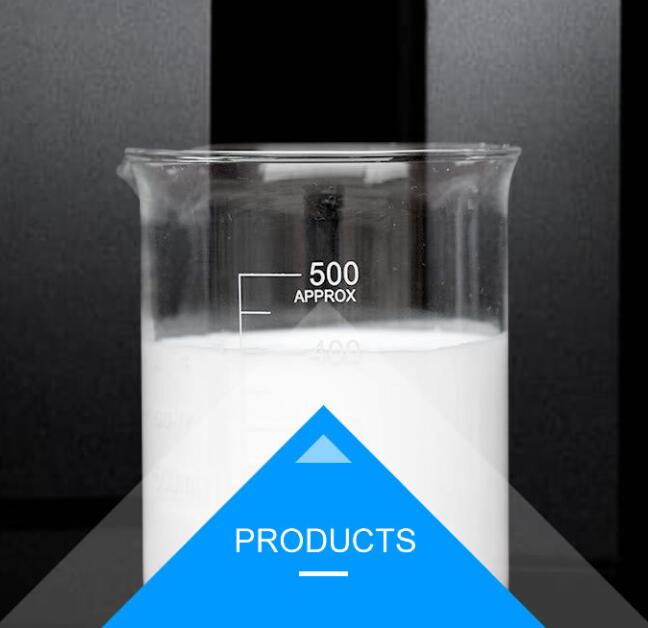NBR Rubber: A Closer Look at Water Resistance
Natural rubber (NR) has been a foundational material for a wide range of applications due to its inherent flexibility, resilience, and other valuable properties. However, when it comes to water resistance, Nitrile Butadiene Rubber (NBR) takes center stage as a synthetic rubber with exceptional hydrophobic characteristics.
Understanding NBR: The Water-Resistant Wonder
NBR is a versatile synthetic rubber derived from the copolymerization of butadiene and acrylonitrile. The unique molecular structure resulting from this process imparts a remarkable combination of properties to NBR, making it highly resistant to oils, fuels, and, importantly, water.
Hydrophobic Attributes of NBR:
Acrylonitrile Content:
The key factor influencing the water resistance of NBR is the acrylonitrile content in its composition. Acrylonitrile is a hydrophobic compound, meaning it repels water.
Higher levels of acrylonitrile in NBR lead to increased resistance against both water and aqueous solutions. This property is particularly advantageous in applications where exposure to moisture is a concern.
Applications Requiring Water Resistance:
NBR's exceptional water-resistant properties find practical applications in various industries. One notable application is in the manufacturing of seals and gaskets for machinery and automotive components.
Additionally, hoses and tubing made from NBR are favored in situations where resistance to both oil and water is crucial, such as in hydraulic systems.

Factors Affecting Water Permeability:
While NBR is renowned for its water resistance, it's essential to recognize that complete impermeability to water is challenging to achieve. Several factors can influence the water permeability of NBR:
Material Thickness:
The thickness of the NBR material plays a role in its water resistance. Thicker sections generally provide better resistance to the penetration of water.
However, the overall design and application conditions also impact the effectiveness of NBR in preventing water ingress.
Pressure and Temperature:
Extreme conditions, such as high pressure or temperature fluctuations, can affect the water resistance of NBR. Under certain circumstances, water may permeate through the material.
Understanding the specific operating conditions is crucial for selecting the appropriate NBR product with the required level of water resistance.
Surface Finish and Coatings:
The surface finish of the NBR product can influence water repellency. Some applications may benefit from additional coatings or laminations to enhance water resistance.
Manufacturers may apply specialized finishes to NBR products to improve their ability to repel water effectively.
Applications of NBR in Water-Related Environments:
Gaskets and Seals:
NBR's resilience against water makes it a preferred choice for manufacturing gaskets and seals used in plumbing, automotive engines, and hydraulic systems.
Its ability to maintain integrity in the presence of moisture ensures reliable sealing performance over time.
Hoses and Tubing:
NBR-based hoses and tubing are widely employed in applications where resistance to water, oil, and fuel is essential. This includes hydraulic systems, fuel lines, and irrigation systems.
The flexibility and durability of NBR contribute to the longevity of hoses and tubing in water-related environments.
Protective Clothing and Gloves:
NBR is also utilized in the production of water-resistant protective gear, including gloves and clothing.
The hydrophobic nature of NBR helps create a barrier against water, making it suitable for applications where protection from liquids is critical.
Enhancing Water Resistance with NBR:
Specialized Formulations:
Manufacturers can create specialized formulations of NBR with tailored acrylonitrile content to meet specific water resistance requirements.
These formulations allow for customization based on the intended application, providing a balance between flexibility, durability, and water resistance.
Quality of Manufacturing:
The manufacturing process and the quality of raw materials significantly influence the water resistance of NBR products.
Stringent quality control measures ensure that NBR items, such as seals and gaskets, consistently meet the desired standards for water resistance.
Conclusion: Choosing NBR for Water Resistance:
In conclusion, Nitrile Butadiene Rubber (NBR) stands out as a synthetic rubber renowned for its exceptional water resistance. The acrylonitrile content in NBR, coupled with its versatile properties, makes it a preferred choice for applications where exposure to water is a concern. Whether used in seals, gaskets, hoses, or protective gear, NBR rubber continues to play a pivotal role in enhancing water resistance across various industries. While understanding the factors affecting water permeability is crucial, the overall effectiveness of NBR in preventing water ingress makes it a reliable and valuable material for numerous water-related environments.
419
0
0


Comments
All Comments (0)